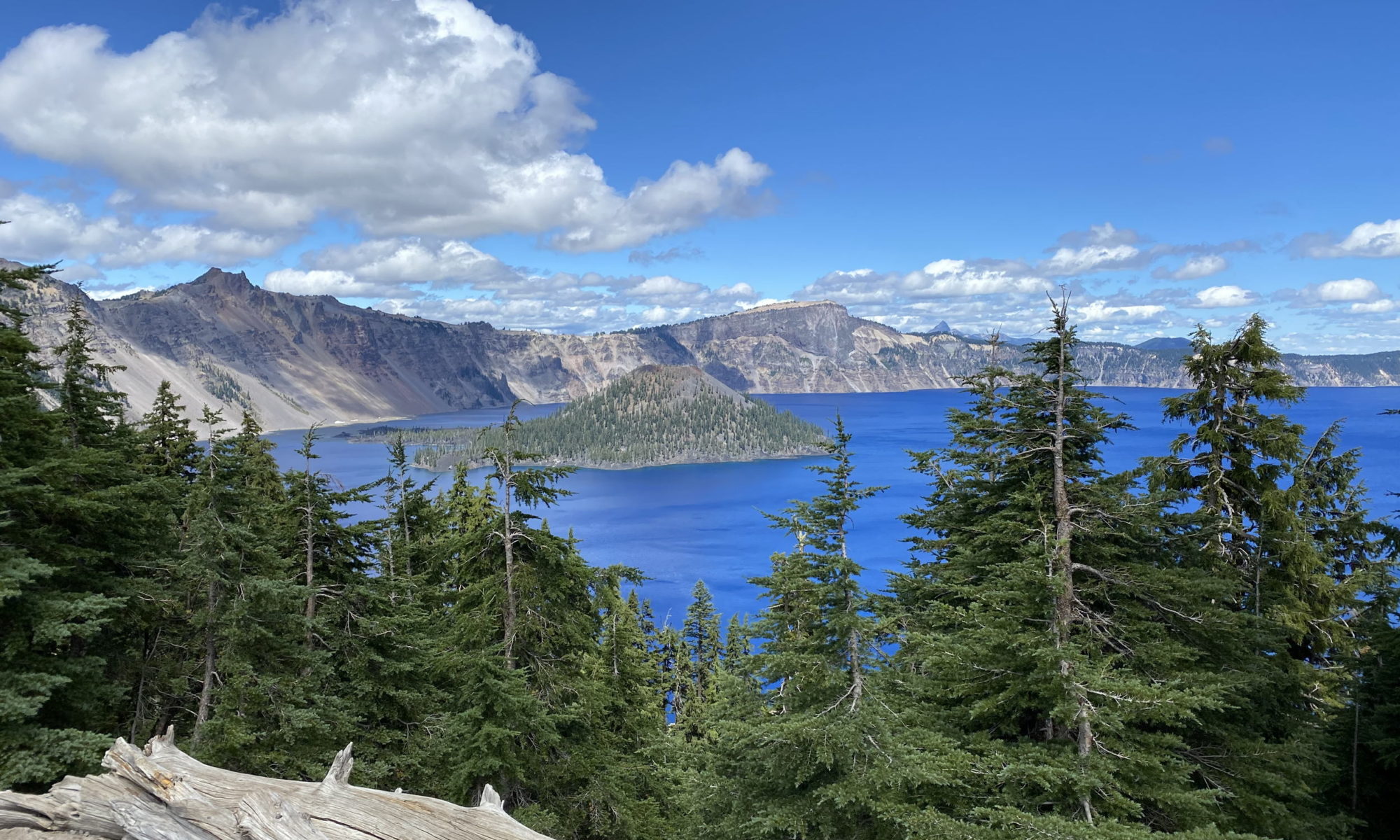I’m not going to list the specific factory or any personnel, because I believe it won’t matter which Forest River factory your trailer is assembled in, the problems with trailers are systemic and designed in.
We wanted to see how the trailers were built. I had seen enough of trailer construction crawling through them at shows that I knew it would be a lot like watching sausage being made – and it was. We parked at the front of a very large complex of buildings and went in and met our guide – who ferried us to the back of the factory in a car. On the way we passed a sizeable horse barn with a bunch of buggies parked outside, thus we knew much of the labor inside would be Amish. I need to say, they were very personable, greeted us as we walked through the factory. They were all working hard, industriously. No standing around. I don’t blame them for the shoddy construction – and I know without a doubt, that if they were building a trailer at home, they would not use any of these materials or construciton methods.



As we walk in, we see bare trailer frames – wheels, axles and not much else. They get flipped on their side and various components, wiring etc. are installed from the bottom. Then back on wheels, to add the plywood deck. Then the vinyl flooring covers the entire trailer. Back upright, the trailers are rolled onto dollies that allow them to be rolled sideways down the assembly line.
The trailers are then built from the inside out. Major interior wall sections, cabinets, the shower, etc are installed on the bare platform. Wires are pulled up through the floor and cabinets as the construction continues.
There is another factory building across the parking lot were the sides, ends and roof are constructed separately. They have a welded aluminum frame, filled with styrofoam and a thin layer of fiberglass on the outside and a VERY thin plywood covered with cheap vinyl wall-paper on the inside. The side walls come over “just in time” and are added to the trailer. Then the end caps, just in time as well, and finally, the roof is laid on. Once the trailer is boxed in, there is still a great deal of work to be done inside. Cabinets to be hung, electrical panels and wires connected. Plumbing, vents, ducts. Windows, valences, shades and more. We were invited to walk through a partially completed trailer – and there were dozens of little pieces of tape marking spots that needed some work. Dozens. They were big on the inspections – but more on that later. As the trailers neared the end of the line, all the pieces of tape slowly dissappeared. At the end, they sprayed soapy water on the outside and put a fan in the door to check for leaks. Then the hitch was picked up by a tractor and rolled outside – unless there are still tape tags, in which case the trailer is moved to a repair slot where it gets additional work.
So, in a way – not much to see that wasn’t unexpected. So here are some numbers. They build 18 to 25 trailers a day. The factory floor holds maybe, a dozen trailers – so the first trailer has to be done and out the door in less than half the shift. Even if they ran 12 hour shifts that means a trailer is done in less than 6 hours – my estimate is closer to 4. Think about that. From start to end – 4 hours. That isn’t even enough time for many of the glues and caulks to harden properly. Every worker is under pressure to work quickly – to not spend extra time on getting something right. EVERY part of the design is specified in a way that uses the cheapest materials that allow the fastest construction methods. More glue, more staples, sloppy cuts, power fasteners all in the name of quick construction.
Near the end of the tour, we walked passed a windows PC which caught my attention. The tour guide took my interest and pointed out that the screen had all of today’s build trailers listed. He even pointed out which trailer would get the final inspection in a nearby building. See, ONE trailer from each days run would be taken to another building and inspected. He bragged that they had the best record of any Forest River factory – even that last year, they had One Perfect Trailer. Wow, ONE WHOLE PERFECT TRAILER. In case you missed it above, which trailer would be inspected was listed on a PC screen right next to the assembly line for all to see. And remember, this inspection only checks to see that the trailer is built to design specs – it is no measure whether the trailer is actually built to any reasonable expectation of quality OR safety.
We bid our tour guy good bye and left in a state of shock – more or less.


